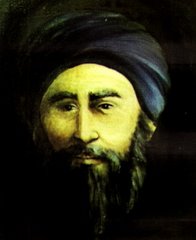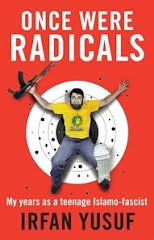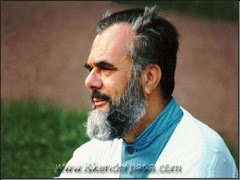Here are some notes on the Routledge Handbook of Islam in the West, a tome I am currently reviewing. It was published in 2015. The first set of notes are from the Introduction by Roberto Tottoli, the editor.
[01] So often do we hear about these entities "Islam" and "the West". The idea of "Islam" refers to a religious entity while "the West" is more of a geographical entity, a place. Islam is a faith and a community, an umma. I personally wonder whether this is (or at least was) the case. The umma represented a place where Muslims ruled, even if they were not in the majority. An example of this was the Mughal Empire which maintained a Hindu majority. Even Muslim Syria in its early days had a Christian majority.
[02] Tottoli writes of the ...
... supposed Islamic roots in the West.
Islam has been in the West for only 3 centuries less than Christianity. In many parts of Europe, Christianity only spread after the conversion of the Roman Emperor Constantine. Indigenous European Islam existed in Spain as well as Bosnia and Albania, Macedonia, Greece and Kosovo, not to mention Russia. To suggest Islam has no roots in Europe is akin to suggesting Judaism has no roots in Europe.
[03] Tottoli speaks of ...
... outer and Western umma.Yet he denies the existence of a geographical umma. Furthermore some 6% of Muslims live in Europe. Indeed, the minority Muslim experience will soon become the norm as the country with the largest Muslim population is likely to be India in 2050. Then again, India will also have more Christians than any other nation. Exactly where is the outer or inner of Islam and/or Christendom?
[04] There is an enormous difference between looking at Islam in the West and Islam and the West. The former inquiry is far more nuanced.
More to follow.













